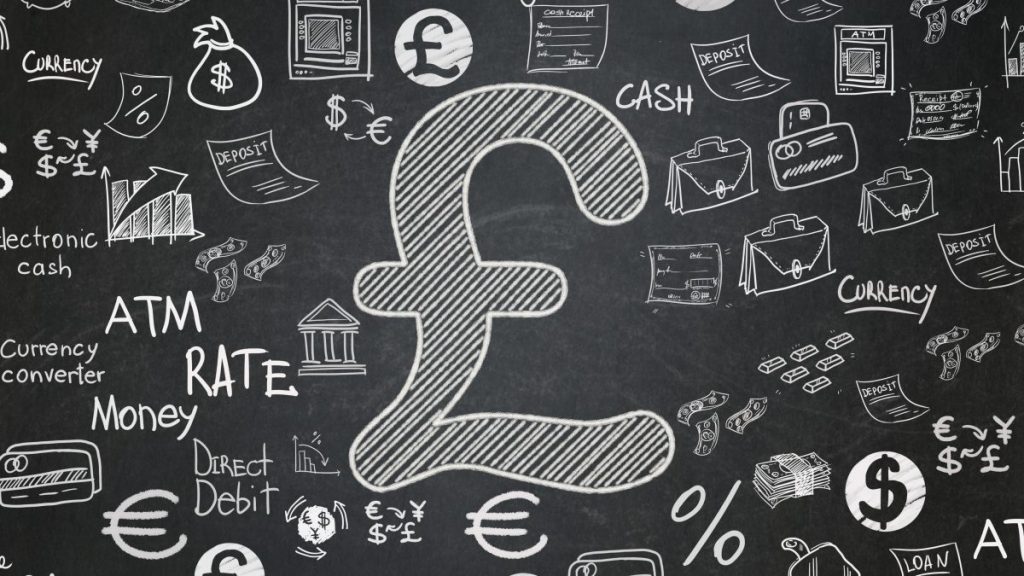
If you watched CNBC’s Shark Tank recently, maybe you caught Mark Cuban telling a hopeful business owner that it can take a lot longer than expected to get to consistent positive cash flow.
Financial instruments like the business loan and the merchant advance have helped millions of business owners keep cash flow positive long enough to get that late payment from the big client who just happened to be traveling overseas, in the hospital or just behind. As e-Healthcare Solutions founder and president RJ Lewis remarks in an Inc. article,
“I do some angel investing in new businesses and in my experience, whatever the business plan says in terms of money and time needed to get to break even, the reality is it will take twice the money and double the time.”
Just as losing weight is the delicate balance of reducing calories IN while increasing calories OUT, positive cash flow happens when business owners can delay their own payments OUT to employees and other overhead while speeding up payments coming IN. Tackle the two jobs delineated below and you’re on your way to a flush future.
Job 1: Take Time to Measure
Seat-of-your pants entrepreneurship works in the beginning months of your business, but after a year or so, you need clearer cash flow expectations and projects. Getting these figures takes measuring incomes and outflow for this moment in time (or this month).
The simplest way to start gaining cash flow control is to divide a piece of paper in half. Write down your clients along the left hand side. Draw a line down the middle. On the right of the middle line write down costs for your employees, each vendor and other expenses. These current expenses should be easy to find and track. Don’t discount this low-tech method of cash flow analysis. Even having a cash flow analysis is a step ahead of MANY entrepreneurs.

For those ready to move beyond the sheet of paper, software helps keep cash flow positive. While we could go into detail about how to document each expense in an Excel spreadsheet or QuickBooks, it can be more fun to download a little app to your smartphone or computer. These low-cost software tools let you upload expenses and revenues once for repeat accounting. We like Pulse ($14/month), which—made by a small business for small businesses—helps you keep a finger on the pulse of your income and expenses. It also anticipates your business expenses and cash flow management needs, taking the thinking out of it for you. Your business makes you think enough! Another app, Float ($24/month), brings you a simple, intuitive interface and backs up all your data to the cloud.
Up Your Cash Flow costs more ($395 to $795 one-time fee) because it BRINGS more. It takes the thinking out of developing a cash management plan and provides consulting services. Great for the overwhelmed business owner, Up Your Cash Flow helps you drive income and revenues up, up . . . up! For businesses that have outgrown the solopreneur stage, Up Your Cash Flow helps you make the tough decisions and get clarity on your most lucrative products and services.
Job 2: Take Baseline and Make Projections
For those of you using the piece of paper cash flow program, your cash flow for the next month will be column one minus column two. Will that amount pay for your living expenses? More marketing? An additional employee? These baseline measurements inform your decisions going forward. Those using QuickBooks, Excel or one of the convenient apps mentioned above get their numbers crunched for them. With these figures in hand, it’s important to look at them with clear eyes.
To nail down your cash flow, you now must project revenues over the next three months. Perhaps everything stays the same. In that case, you can relax. Cash flow plans are not absolutely accurate future forecasting. They depend on your customers’ payment habits, your ability to foresee upcoming expenditures and the time your vendors give you to pay. Make sure you include costs like: loan interest and principle payments, marketing expenditures for seasonal campaigns and one-time fees like subscriptions, insurance and parties.
A+ Rated First Financial Steps Into Cash Flow Emergencies
We are firm believers that, if set yourself up for positive cash flow and positive results will follow. The abstract plan of trying to make as much as possible does not help business owners find where they can increase revenues. Specific management and planning reliably increases revenue month after month.

First Financial is the nation’s leading provider of merchant accounts and other merchant services, particularly for the high-risk borrowers. Big banks and processors put too many reputable businesses in high-risk categories like information technology, smoke accessories and nutraceuticals simply because they’re new. Fill out the application in minutes. Follow First Financial on Facebook to get smart business tips online, too!
